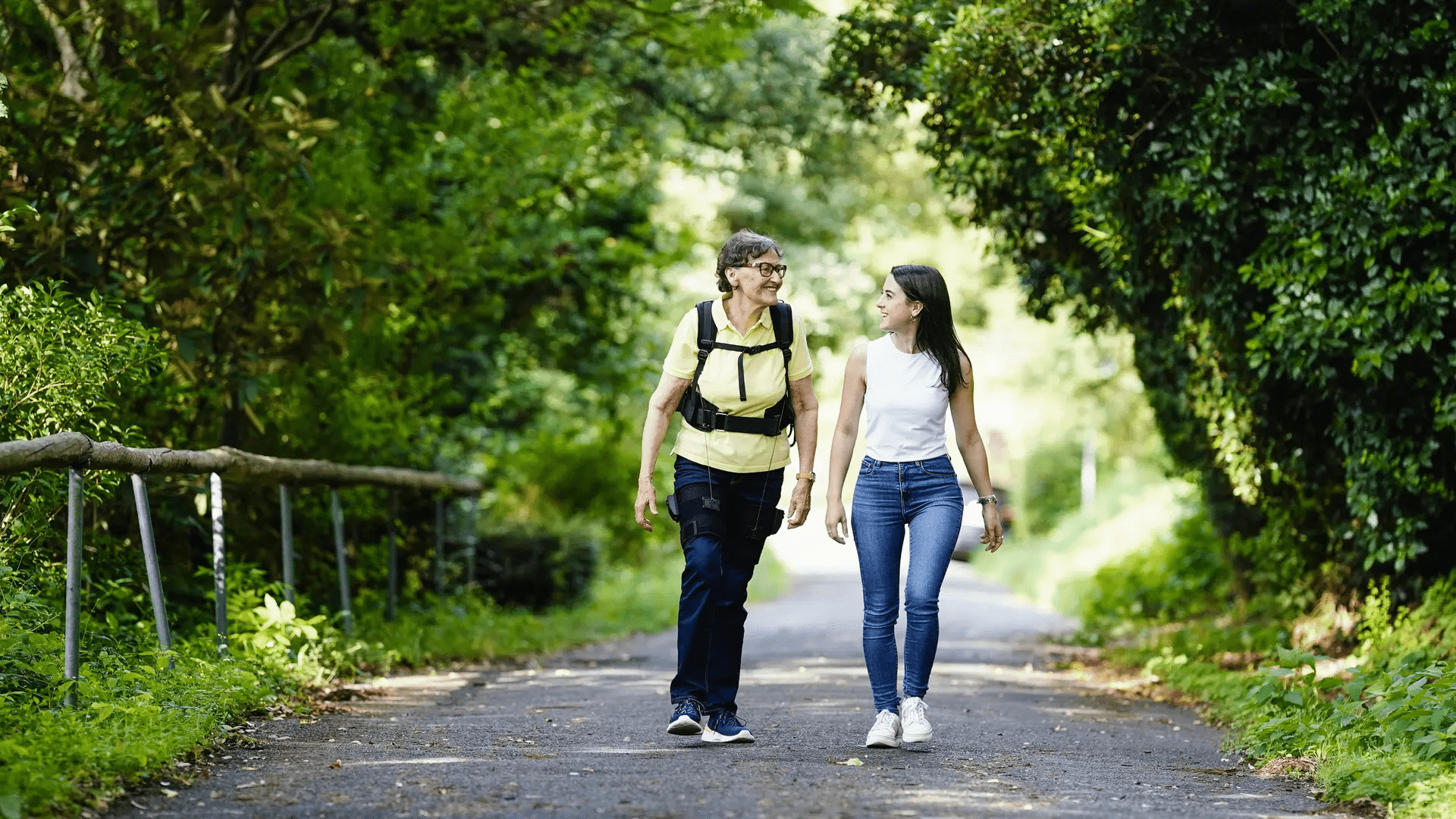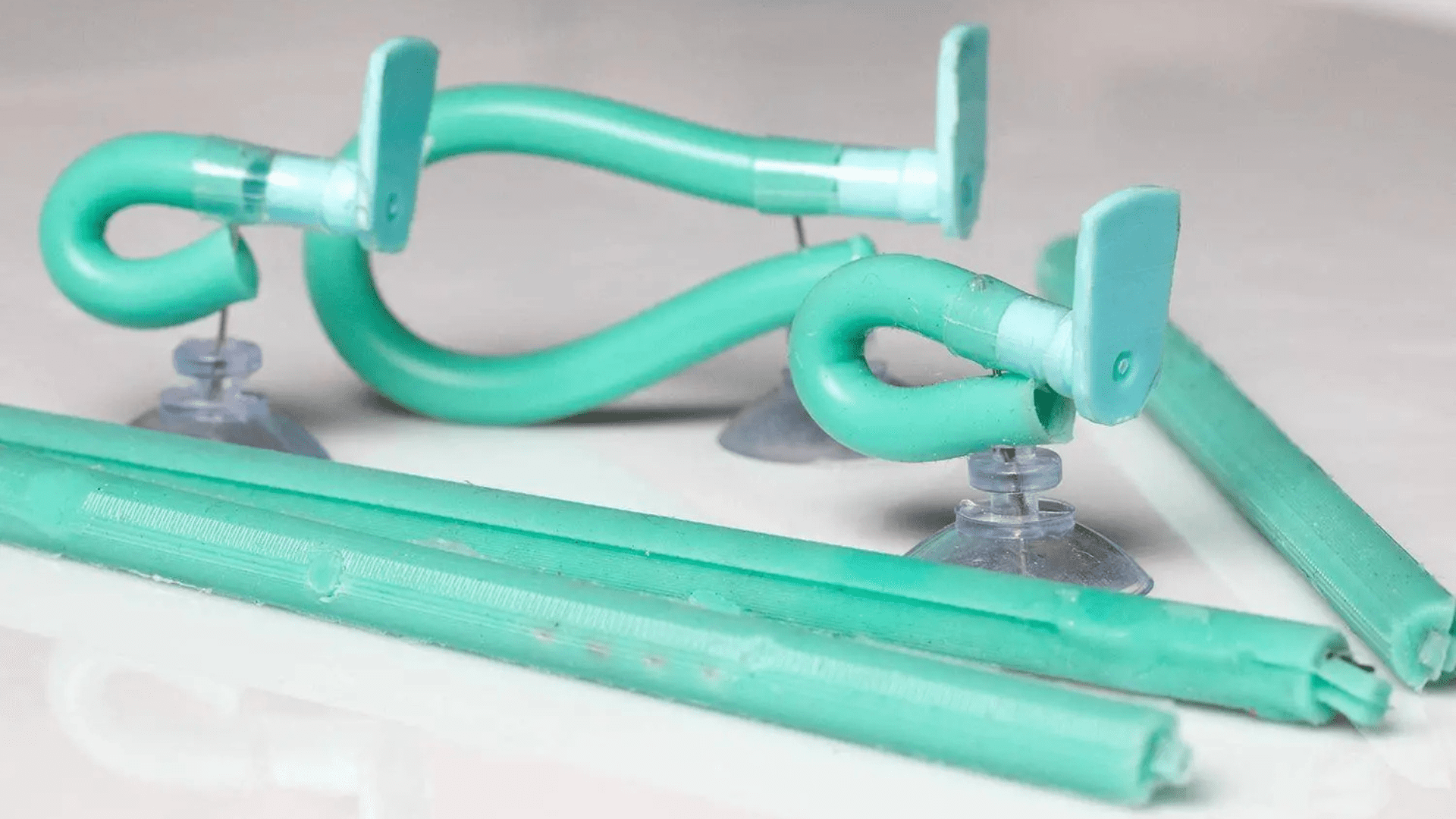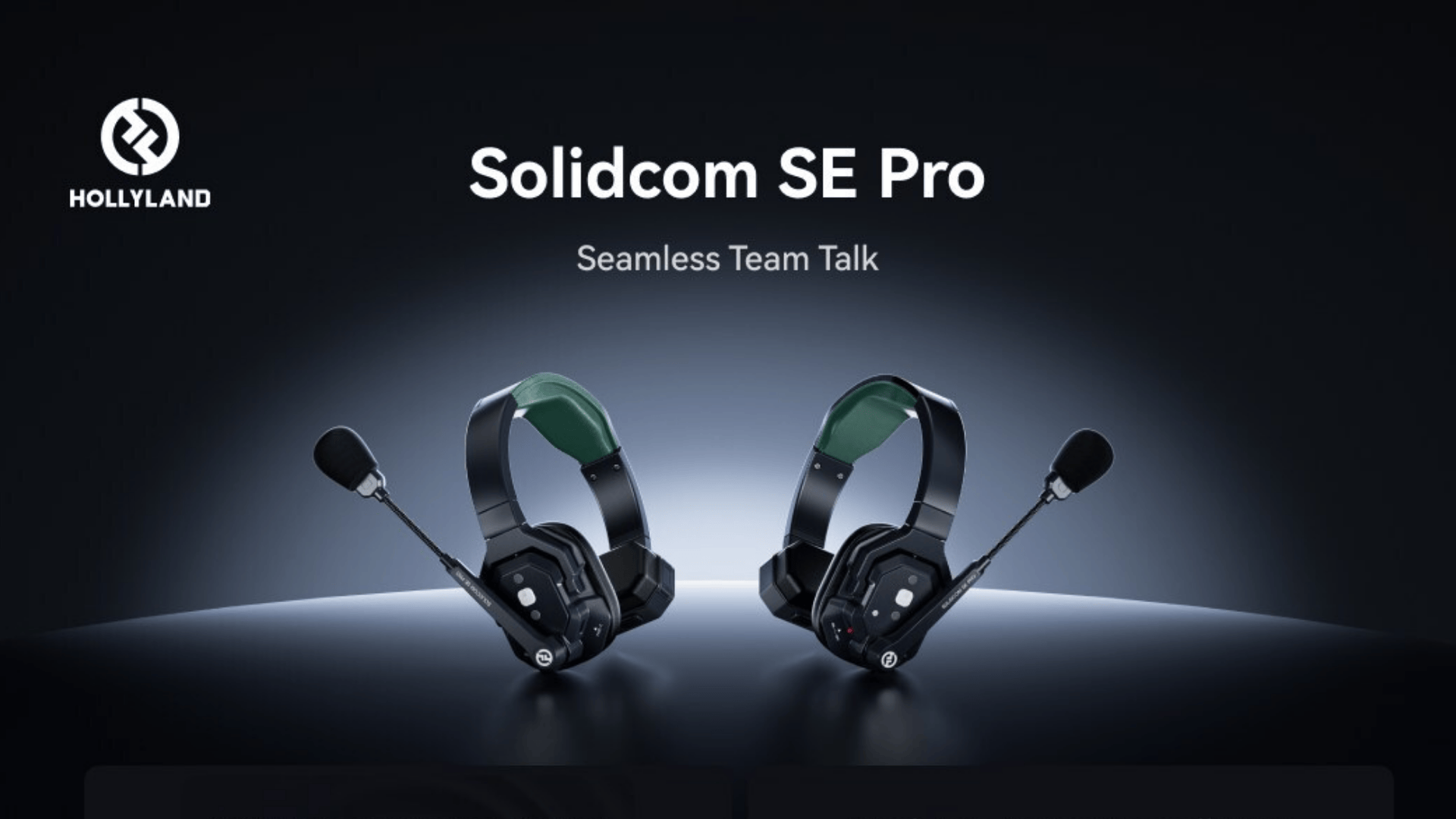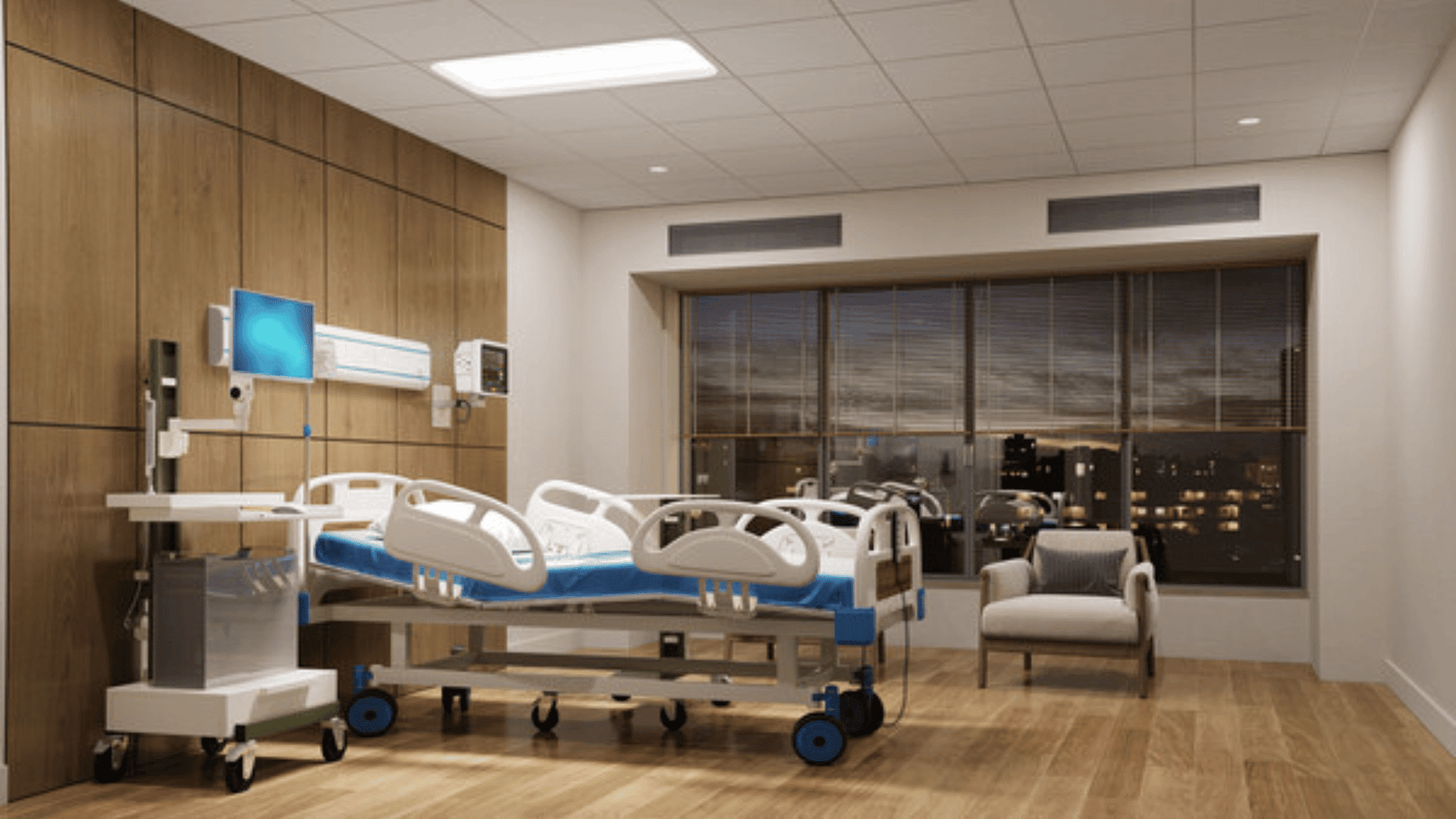Researchers at the Technical University of Munich (TUM) developed a robotic pair of paints that enable people to walk easily while limiting energy. The researchers aim to keep frail individuals and seniors mobile.
Robotic Mobility

TUM Professor Lorenzio Masia compares the concept of the robotic trousers to an electric bike. “You can walk slowly with the shorts, but you can also jog,” he said, “We have developed a system that makes people want to move around more.” The researchers named the robotic shorts “WalkON.”
According to the researchers’ analyses, WalkON reduces a person’s expanded energy, known as the metabolic cost. When someone wearing the shorts walks about a third of a mile up a hill, the expanded energy is reduced by 18% compared to walking without WalkON. For an older person walking around the same distance on level ground, they say, it is reduced by more than 10%.
Enrica Tricomi, a TUM doctoral student, demonstrated the WalkOn shorts. Two thin, artificial tendons extending from the thigh to the waist pulled upwards when she transitioned from standing to walking, relieving the hip flexors of some of their load.
A measuring device on the tendons determines the angle and velocity of the hips. The device signals to the motors exactly when the legs swing while walking. “The system recognizes how fast or slowly the person is moving, adapts to the respective weight of the legs, and provides individual support accordingly,” said Tricomi. In addition, the robotic shorts don’t require any pre-settings, meaning they are ready to use whenever for whoever.
Health Benefits for Elders
When the participants finished a test run with WalkON, the researchers had them fill out a questionnaire about the systems control. The participants ranked the controllability on a scale from 0 to 7, with zero being no control possible. According to the researchers, respondents awarded the system a mean rating of over 6.
“It is particularly important for older people to feel safe,” said Masia. The researchers believe the robotic shorts can positively impact the older population, who may not be able to get out very long, if at all. Their ultimate goal is for WalkON to get that community of people more mobile and independent.
Masia sees older people and people with weak hearts and lungs as a target group for development. “Walking helps them to improve their metabolism, which in turn may have a positive effect on their illness,” Masia said.
As of right now, the “shorts” don’t look like much of an article of clothing but rather a “small rucksack overall.” However, the plan is to one day incorporate the system in clothing. Masia is “convinced” that the future holds a modular system that people can put together. “In a few years, you will buy a pair of shorts, attach a motor to them and plug in two cables,” he said. “[The] system will then be ready to take you into the mountains.”







